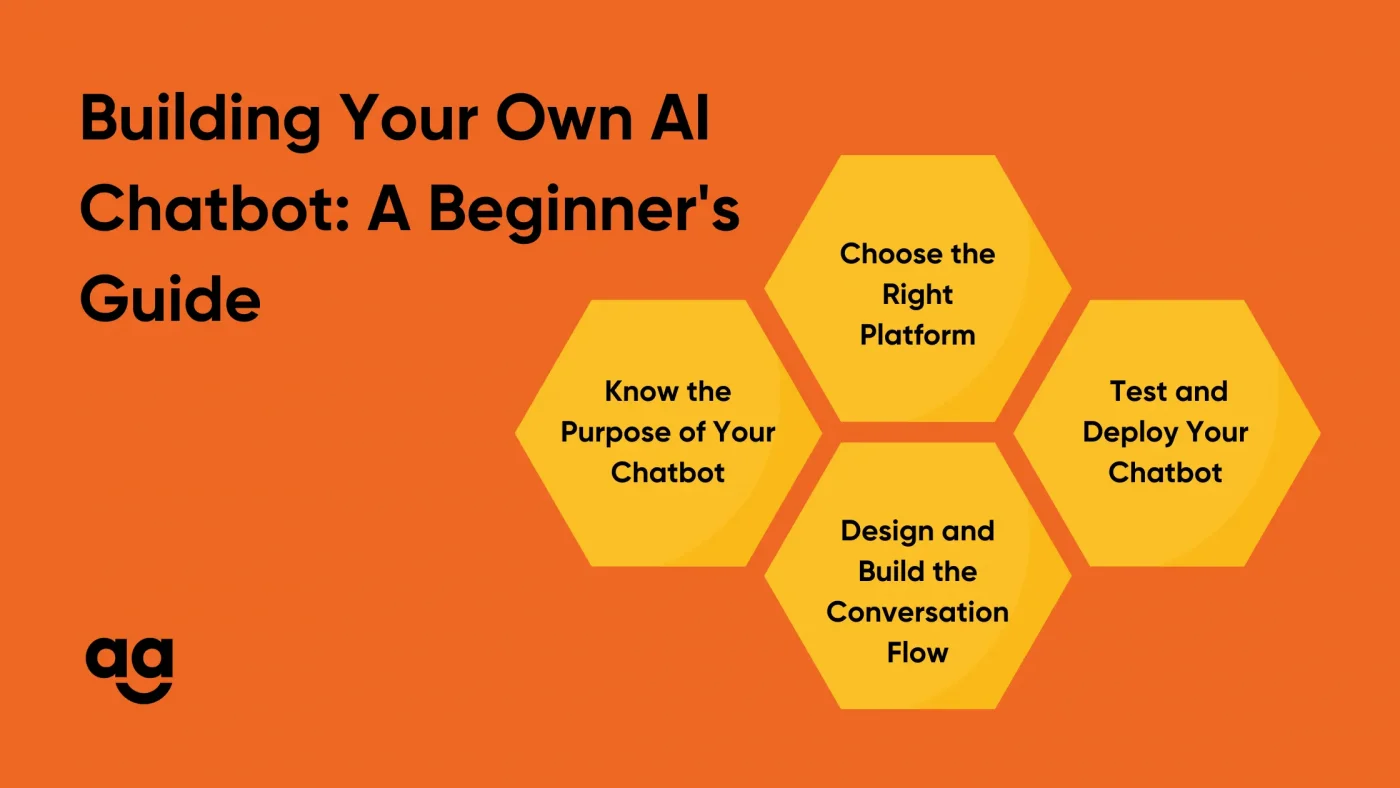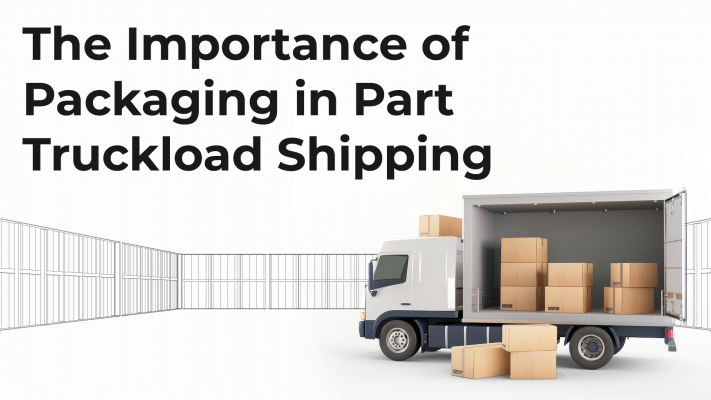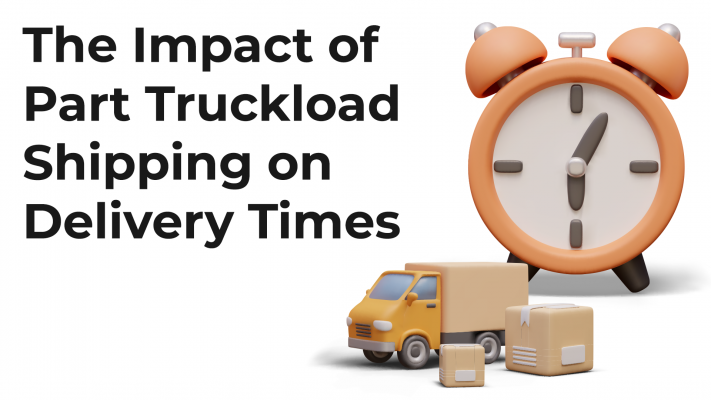Planning Pays Off: 5 Strategies to Get the Most Out of Your Delivery Speed Choice
October 14, 2024
5 min read
Introduction
Creating your own AI chatbot is now more accessible than ever. These intelligent conversational agents understand and respond to customer inquiries in real-time, revolutionizing how businesses interact with their audience.
Chatbots are essential tools that enhance user experience, streamline processes, and provide instant support. With the ability to personalize interactions and transform customer service, building your own AI chatbot opens up new possibilities for engaging with your audience effectively!
This blog is a basic tutorial that will guide you through the process of creating a chatbot without any programming knowledge.

How to Create Your AI Chatbot?
Ready to build your own AI chatbot? Here’s an easy guide to help you begin:
Step 1: Know the Purpose of Your Chatbot
A clear purpose ensures your chatbot adds real value and improves customer interactions. Thus, first, you need to understand the chatbot’s intended function.
Is it meant to handle FAQs, assist with sales, or offer personalized recommendations? Identifying its role will shape how it interacts with users.
For instance, the key objective of a chatbot is to support customers, so it needs to be able to manage questions and lead users towards a solution accordingly.
Step 2: Choose the Right Platform
The next step is to select the correct platform for developing your chatbot. Here are two popular options:
- No-Code Platforms: These are perfect for those without coding skills and for quick and easy setup. You just have to use drag-and-drop features to build your chatbot.
- Advanced Platforms: If you want more customization, opt for platforms that offer coding options. These allow greater flexibility and personalization but require technical know-how.
By choosing a platform that suits your needs, you’ll ensure your AI chatbot online performs efficiently and offers seamless user interactions.
Step 3: Design and Build the Conversation Flow
Now comes the heart of your chatbot—its conversation flow. The selection you make influences the interaction of your chatbot with users. Whether it’s addressing customer inquiries or assisting users in making a purchase, the conversation flow should be straightforward and user-friendly.
For example, if a customer asks for details on products, your AI chatbot must deliver the right answers quickly. A well-designed flow prevents frustration and makes interactions smooth, boosting user satisfaction.
Step 4: Test and Deploy Your Chatbot
Before going live, make sure to test your chatbot to confirm its functionality rigorously. Run it through different scenarios to check its responses and overall performance. This step is critical to avoid glitches that could annoy your users.
Once you’re satisfied with its performance, deploy it on your website or app. Proper testing and monitoring are proven to enhance customer satisfaction and retention.
Conclusion
Building an AI chatbot online is possible and is quite straightforward, even for beginners. By establishing a purpose, selecting the platform, crafting a conversational flow, and conducting thorough tests, you can develop a chatbot that streamlines tasks and enhances customer interaction. Ready to build yours?
Shipyaari Delta integrates seamlessly with your AI chatbot online, simplifying your shipping processes and enhancing customer support. Get in touch with us today to optimize your operations and expand your business!
Frequently Asked Questions
An AI chatbot is an application that imitates human conversation to help users with tasks such as customer care or selling.
Creating a chatbot takes varying lengths of time depending on its challenge; still with no-code applications you can produce one in only a few hours.
Not at all! Many no-code platforms allow you to build a chatbot with just minimal effort.
Absolutely! Advanced chatbots can manage tasks, integrate with systems, and guide users through processes.
Suggested Reads
Hyperlocal Personalization: Tailoring Experiences for Local Customers
Introduction The eCommerce industry in India has witnessed a rapid growth of hyperlocal services in
Continue ReadingDec



















 Shipping
Shipping







